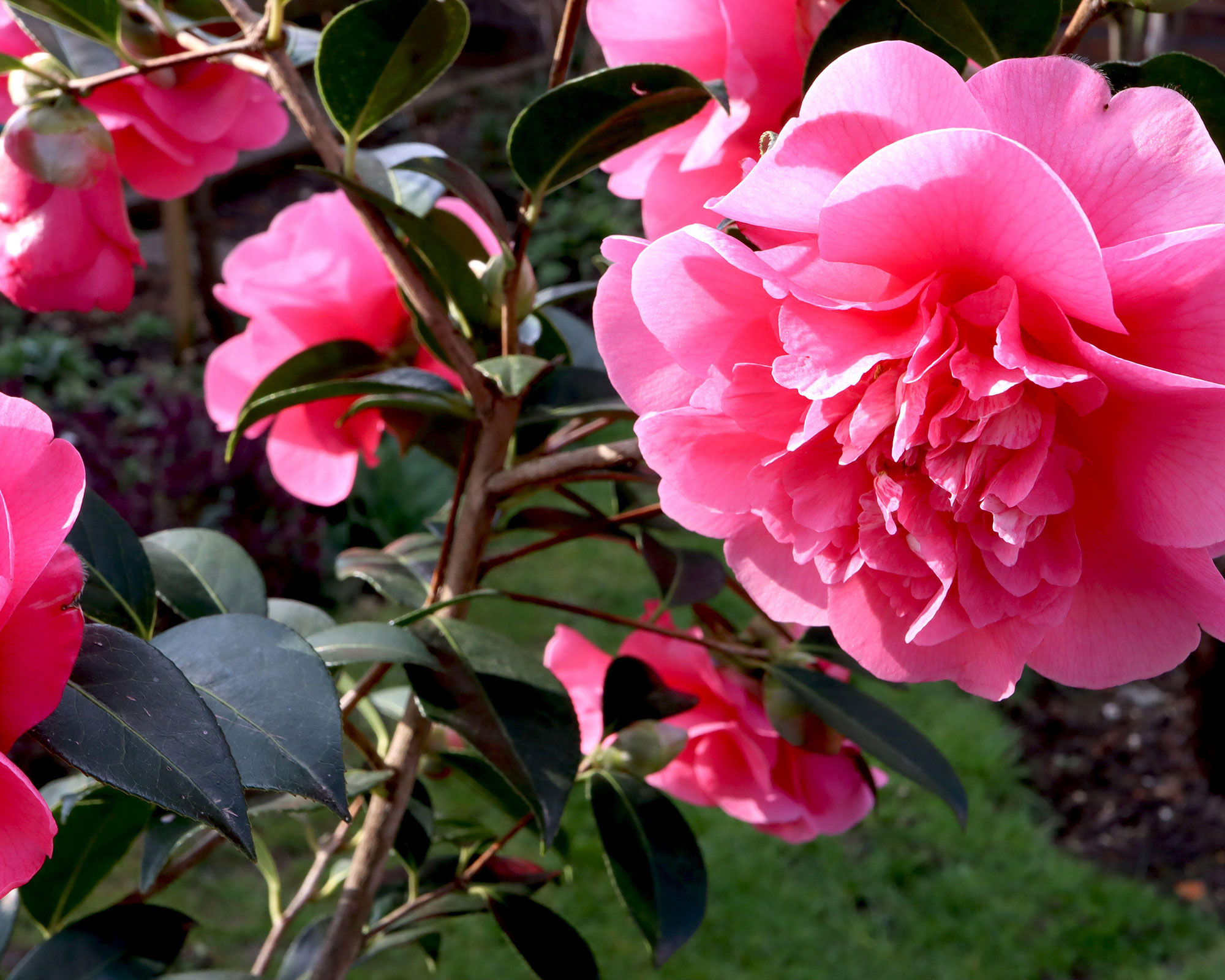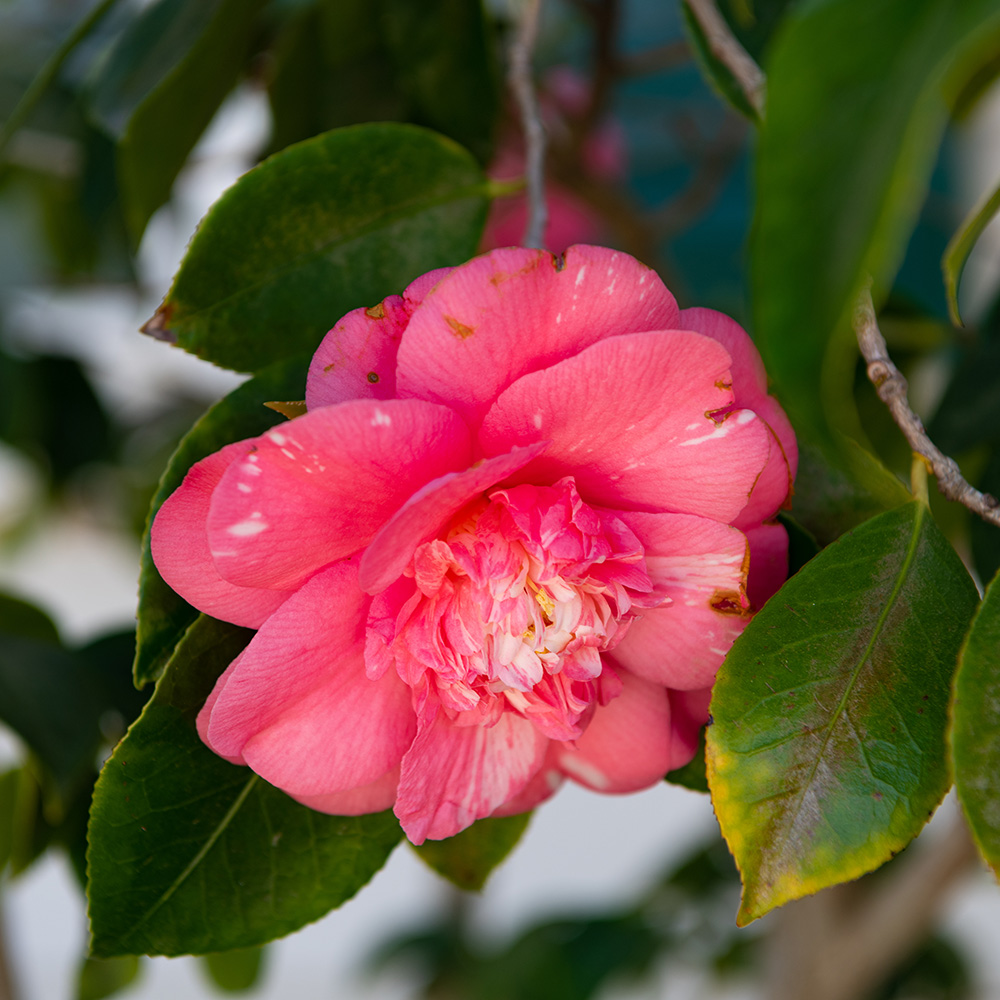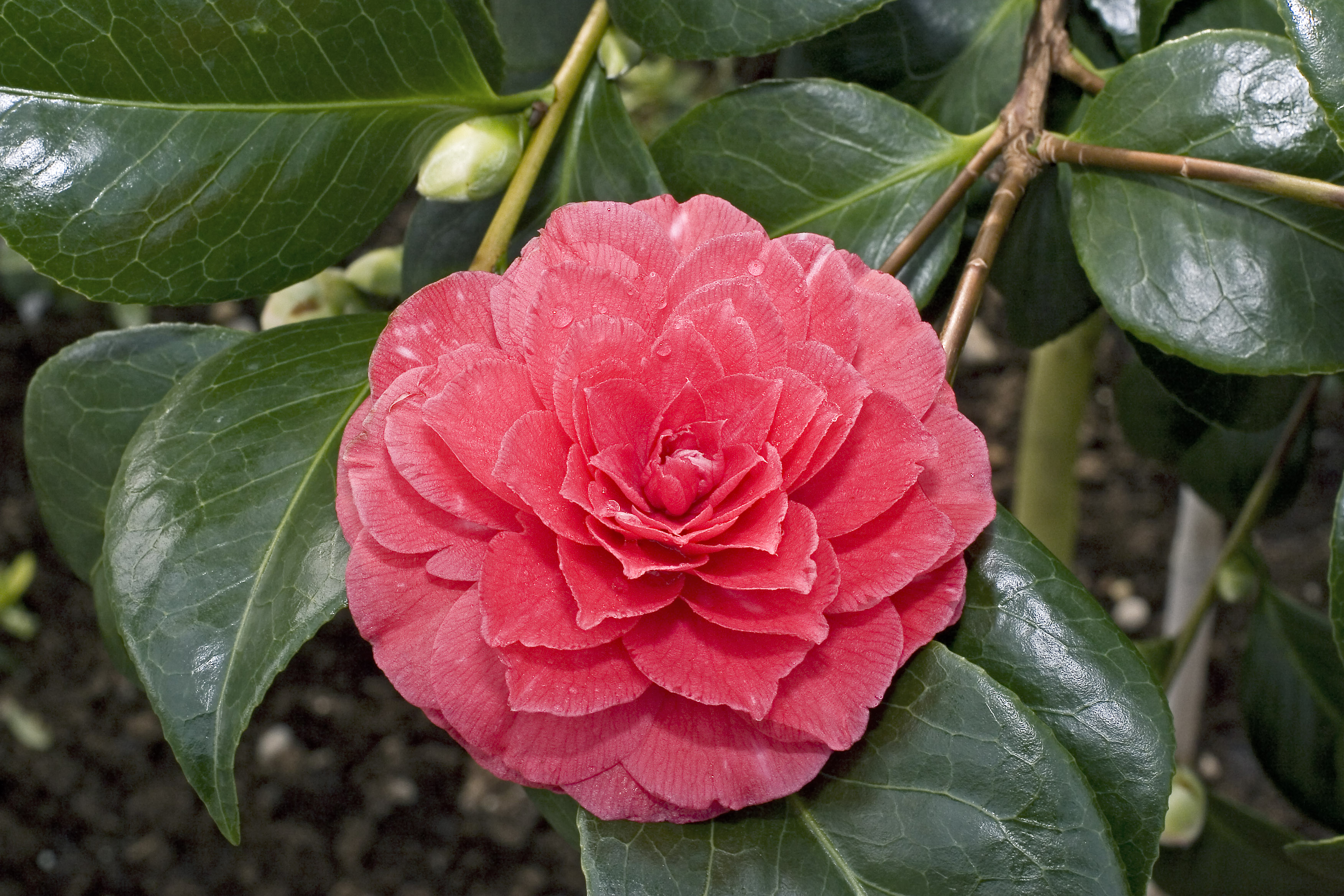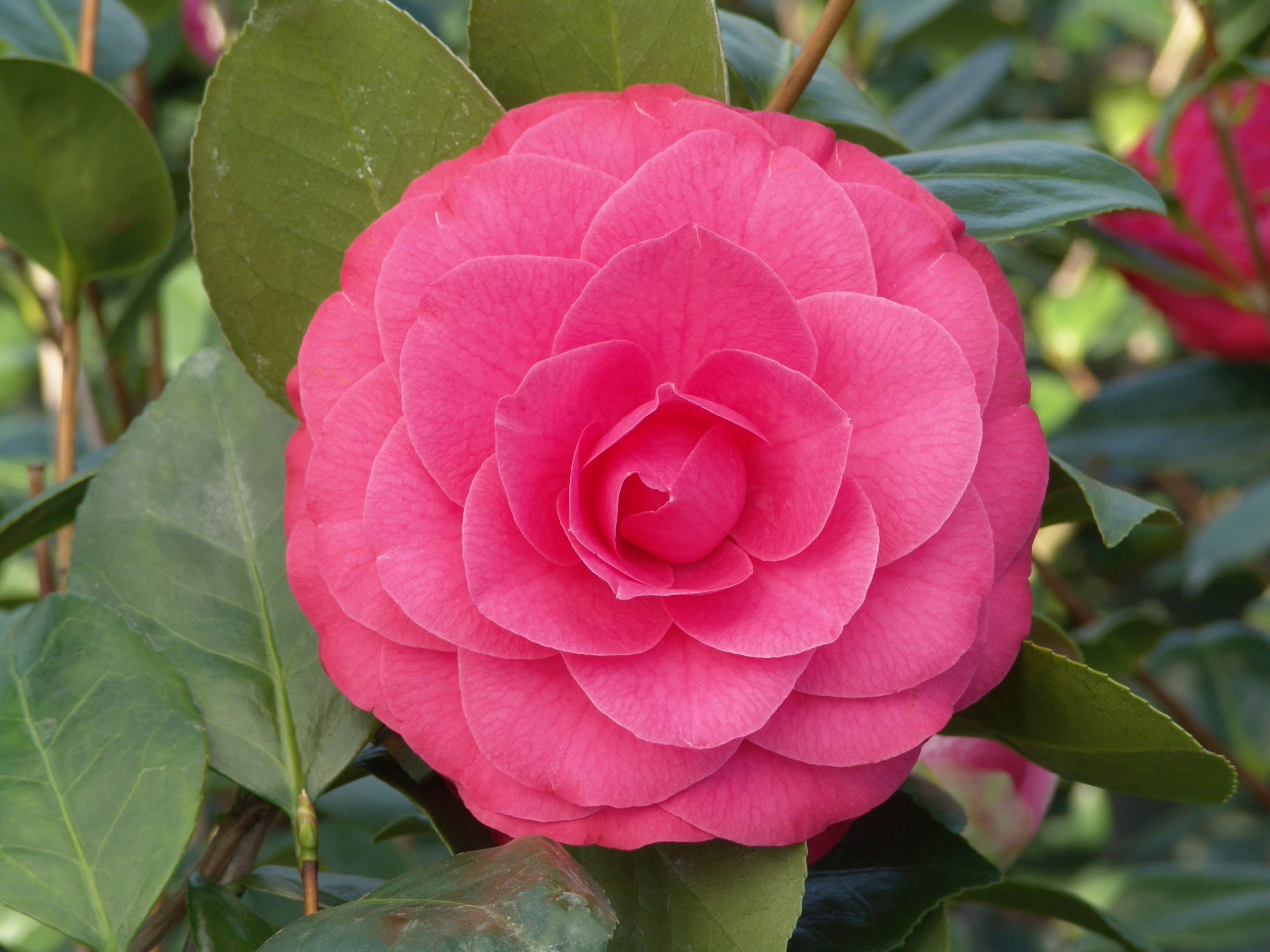What to Expect from Your Camellia Plant
Camellias are renowned for their stunning flowers and evergreen foliage, making them a popular choice among gardeners and plant enthusiasts. With proper care, these plants can thrive and provide beauty and enjoyment throughout the year. However, to truly appreciate the camellia’s splendor, it’s essential to understand its blooming cycle. Knowing how long does camellia bloom and when to expect blooming is crucial for optimal care and enjoyment. By grasping the intricacies of camellia blooming, you’ll be better equipped to provide the right conditions for your plant to flourish.
The Camellia Blooming Season: A General Overview
The camellia blooming season typically occurs from fall to early spring, with the exact duration varying depending on the specific camellia species and environmental conditions. In general, camellias bloom for several weeks to a few months, with some species blooming for as long as six months. Factors such as temperature, light, water, and fertilization can influence the blooming cycle, affecting the duration and intensity of blooming. Understanding these factors is crucial for optimal care and enjoyment of these beautiful plants. For instance, camellias typically bloom longer in cooler temperatures, while excessive heat can shorten the blooming season. By recognizing these influences, gardeners can create an ideal environment for their camellias to thrive.
How Long Do Camellias Bloom: Factors Affecting the Duration
Understanding the factors that influence the length of the camellia blooming season is crucial for optimal care and enjoyment. The duration of blooming can vary significantly depending on several factors, including temperature, light, water, and fertilization. Temperature, for instance, plays a significant role in determining how long does camellia bloom. Camellias typically bloom longer in cooler temperatures, between 40°F and 70°F (4°C and 21°C), while excessive heat can shorten the blooming season. Light exposure also affects blooming, with camellias requiring partial shade to full sun to produce an abundance of flowers. Water and fertilization are also essential, as camellias require consistent moisture and nutrient-rich soil to support healthy growth and blooming. By recognizing these factors, gardeners can create an ideal environment for their camellias to thrive and enjoy a longer blooming season.
Camellia Species: Variations in Blooming Cycles
With over 200 species of camellias, each with its unique characteristics, understanding the specific blooming cycles of different species is essential for optimal care and enjoyment. Camellia japonica, for instance, is one of the most popular species, known for its stunning flowers and long blooming season, typically from October to May. Camellia sasanqua, on the other hand, blooms from November to February, producing an abundance of small, delicate flowers. Camellia reticulata, with its large, showy flowers, blooms from January to April. Other species, like Camellia hiemalis and Camellia vernalis, have shorter blooming seasons, typically from December to February. By recognizing the specific blooming characteristics of each species, gardeners can tailor their care and attention to meet the unique needs of their camellias, ensuring a longer and more vibrant blooming season.
Optimizing Camellia Care for Prolonged Blooming
To encourage prolonged blooming, it’s essential to provide optimal growing conditions for camellias. Pruning is a crucial aspect of camellia care, as it helps maintain the plant’s shape, promotes healthy growth, and encourages blooming. Prune camellias immediately after they finish blooming, removing any dead or damaged branches. Fertilization is also vital, as camellias require nutrient-rich soil to support blooming. Use a balanced, slow-release fertilizer in the spring and summer months to promote healthy growth and blooming. Additionally, ensure camellias receive adequate water, but avoid overwatering, which can lead to root rot and reduced blooming. Pest management is also crucial, as pests like aphids, whiteflies, and spider mites can weaken the plant and reduce blooming. Regularly inspect camellias for signs of pests and treat promptly if necessary. By providing optimal growing conditions, gardeners can encourage prolonged blooming and enjoy their camellias for months to come.
Common Issues Affecting Camellia Blooming: Troubleshooting Tips
While camellias are generally low-maintenance plants, they can still be affected by various issues that impact their blooming cycle. Frost damage, for instance, can cause camellia flowers to drop or become discolored. To prevent frost damage, protect camellias from frost by covering them with a sheet or bringing potted plants indoors during cold snaps. Root bound conditions can also hinder camellia blooming, as the plant’s roots become constricted and unable to absorb necessary nutrients. To address root bound conditions, transplant camellias into larger pots or directly into the ground, providing ample space for root growth. Pests like aphids, whiteflies, and spider mites can also weaken camellias and reduce blooming. Regularly inspect camellias for signs of pests and treat promptly with insecticidal soap or neem oil. By being aware of these common issues and taking proactive steps to address them, gardeners can help ensure their camellias bloom to their full potential.
Extending the Camellia Blooming Season: Expert Techniques
While camellias naturally bloom for several weeks, expert techniques can be employed to extend the blooming season. One such technique is forced blooming, which involves manipulating the plant’s environment to induce blooming at a specific time. This can be achieved by controlling temperature, light, and water levels. For example, camellias can be forced to bloom in the spring by providing them with a period of cold temperatures, followed by a gradual increase in temperature and light. Another technique is layering, which involves bending a long stem of a camellia plant to the ground and securing it with a rock or U-pin. This encourages the stem to take root, creating a new plant that will bloom at a different time than the parent plant. Grafting is another expert technique that involves joining a piece of a stem (called a scion) from one camellia plant to the root system of another camellia plant (called a rootstock). This allows growers to combine the desirable traits of different camellia species, such as blooming time and flower color. While these techniques require some expertise and patience, they can be highly rewarding for camellia enthusiasts looking to extend the blooming season.
Conclusion: Enjoying the Beauty of Camellias Throughout the Year
In conclusion, understanding the camellia blooming cycle is crucial for optimal care and enjoyment of these stunning plants. By recognizing the factors that influence blooming, providing optimal growing conditions, and employing expert techniques, camellia enthusiasts can extend the blooming season and enjoy their plants throughout the year. Remember, how long does camellia bloom depends on various factors, including species, temperature, light, water, and fertilization. By following the tips and advice outlined in this article, readers can unlock the full beauty of their camellias and appreciate their unique characteristics. Even during periods of dormancy, camellias offer attractive evergreen foliage, making them a valuable addition to any garden or indoor space. With proper care and attention, camellias can thrive and provide years of beauty and enjoyment.






